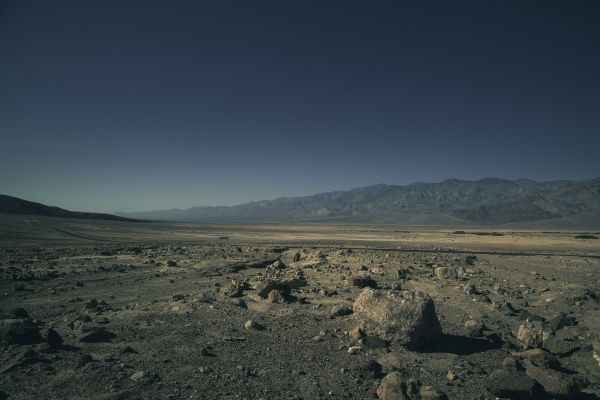Does a warmer climate mean more dry land? For years, researchers projected that drylands — including deserts, savannas and shrublands — will expand as the planet warms, but new research from the Harvard John A. Paulson School of Engineering and Applied Sciences (SEAS) challenges those prevailing views.
Previous studies used atmospheric information, including rainfall and temperature, to make projections about future land conditions. The real picture is more complicated than that, said Kaighin McColl, Assistant Professor of Earth and Planetary Sciences and of Environmental Science and Engineering at SEAS and senior author of the paper.
“Historically, we have relatively good records of rainfall and temperature but really poor records of the land surface, things like soil moisture and vegetation,” said McColl. “As a result, previous definitions of drylands are based only on how the atmosphere is behaving, as an approximation of the land surface. But models can now simulate both atmospheric and land conditions. By just looking directly at the land surface in climate models, we find that the models aren’t showing a clear increase of drylands over time and that there is huge uncertainty about the global average state of drylands in the future.”
Read more at: Harvard John A. Paulson School of Engineering and Applied Sciences
Photo Credit: rosinakaiser via Pixabay


